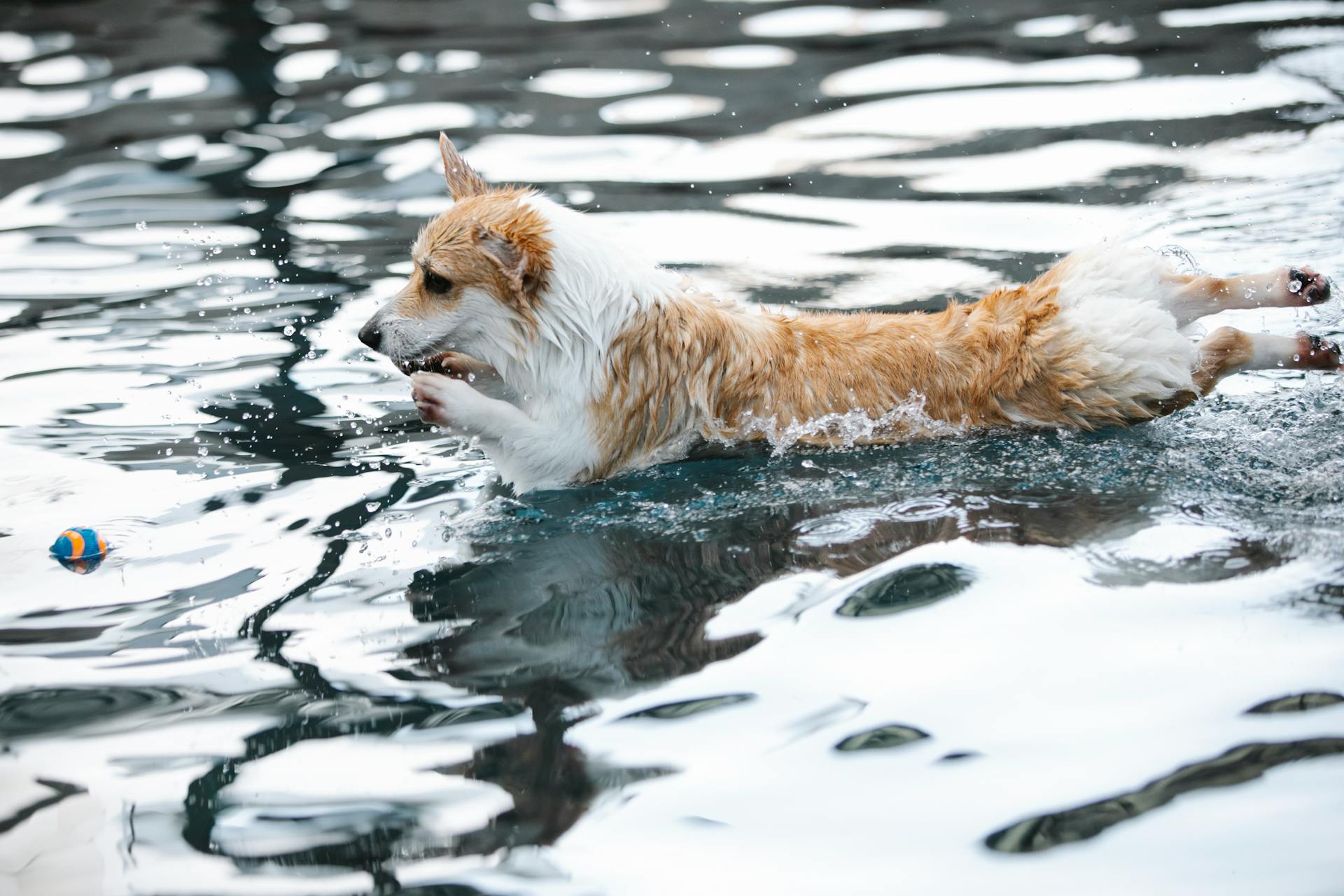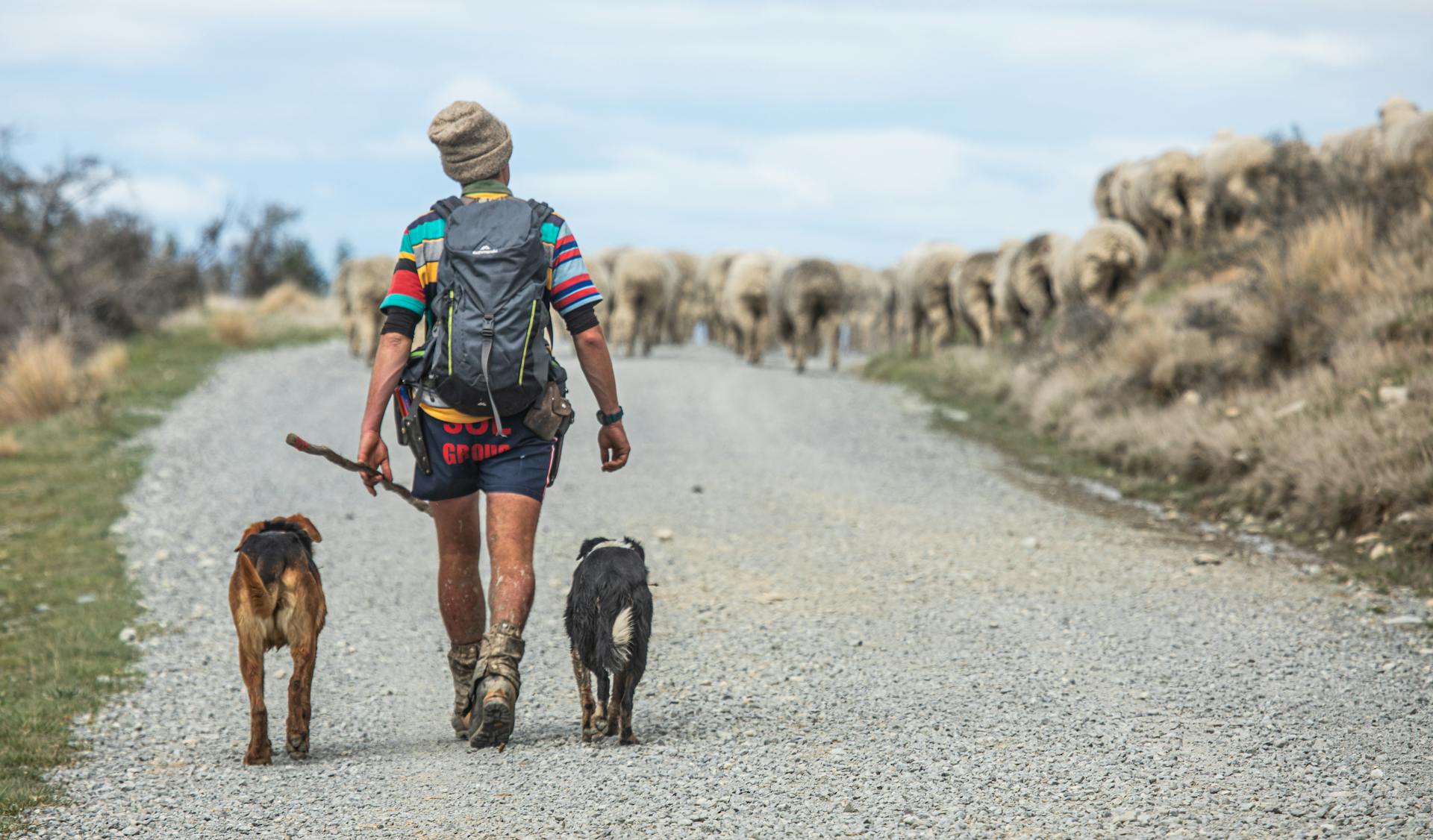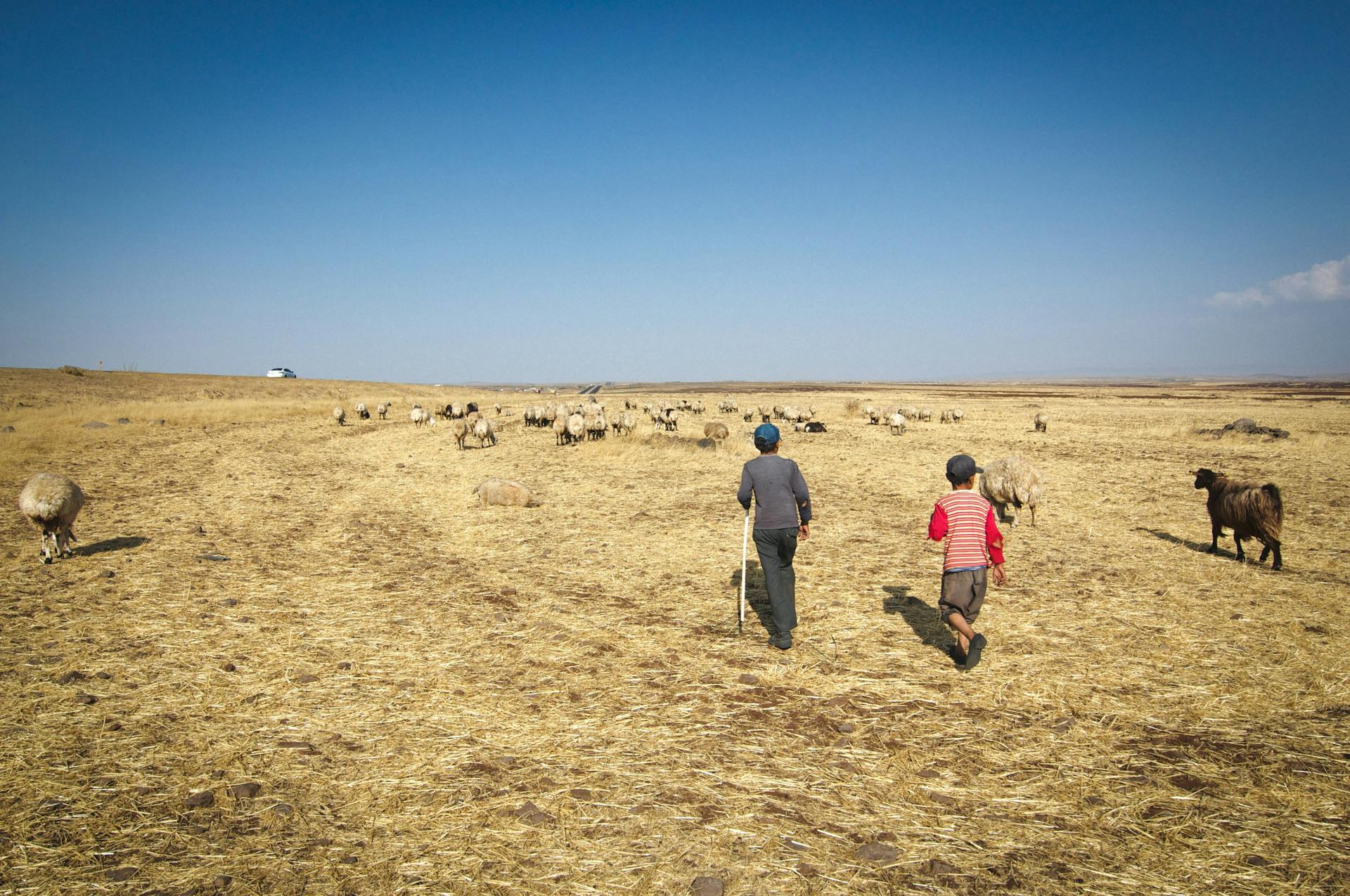
The Nenets Herding Laika is a breed that's been born and raised in the harsh yet beautiful conditions of the Tundra. This is a land where the temperatures can drop to -50°C in winter and rise to 30°C in summer.
Their thick coats are a testament to their ability to thrive in this environment, with a double coat that keeps them warm in the freezing cold. The undercoat is soft and dense, while the topcoat is long and coarse.
The Nenets Herding Laika is a medium-sized dog with a muscular build, weighing between 20-30 kg. They have a wedge-shaped head, almond-shaped eyes, and erect ears that help them hear the slightest sounds in the vast Tundra landscape.
Physical Characteristics
The Nenets Herding Laika is a small to medium-sized dog with a thick double coat that comes in a variety of colors including grey, tan, red, black, and white.
Their coat can be either solid or bicolored, and they have two coat lengths to choose from: a long-haired coat called "erre" and a short-haired coat called "yando".
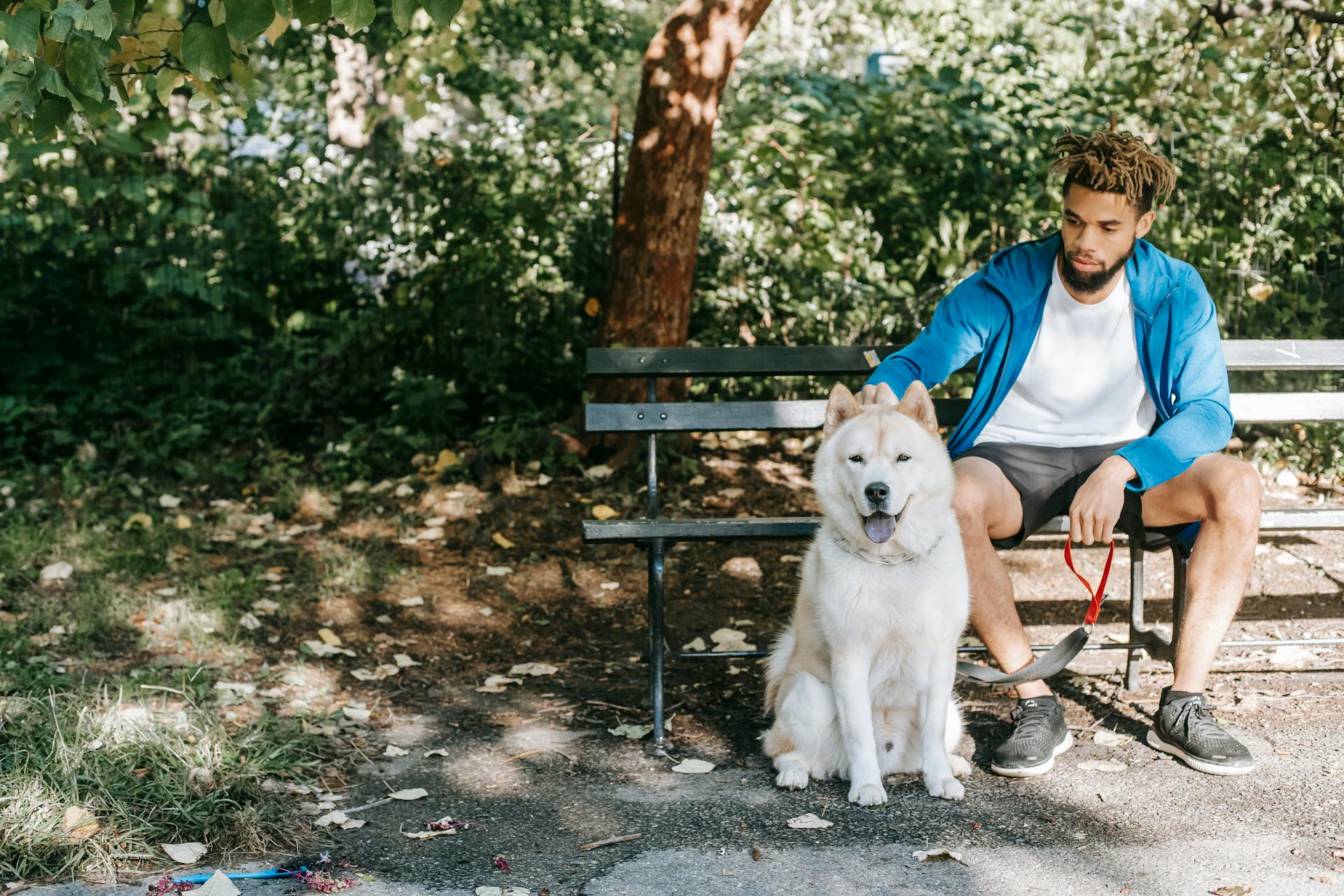
Regardless of coat length, the guard hairs should be straight, stiff, and long, with a lush, soft undercoat.
They are muscular dogs with a moderate wedge-shaped head, small, prick ears, and a tail that curves over the back or is kept down depending on their mood.
Males stand 44-50 centimeters (17-20 in) tall, while females stand 40-45 centimeters (16-18 in), displaying a clear difference in size between the sexes.
Appearance
The Nenets Herding Laika's appearance is a testament to their adaptability and rugged nature. They come in a variety of coat colors including grey, tan, red, black, and white.
Their coats are thick and double-layered, with a straight, stiff, and long guard hair and a soft undercoat. This unique coat structure helps them thrive in harsh Arctic environments.
Males stand between 44-50 centimeters tall, while females stand between 40-45 centimeters tall. This moderate size allows them to navigate dense forests and rugged terrain with ease.
Their wedge-shaped heads are well-developed, and their small, prick ears are alert and expressive.
Tundra Spitz
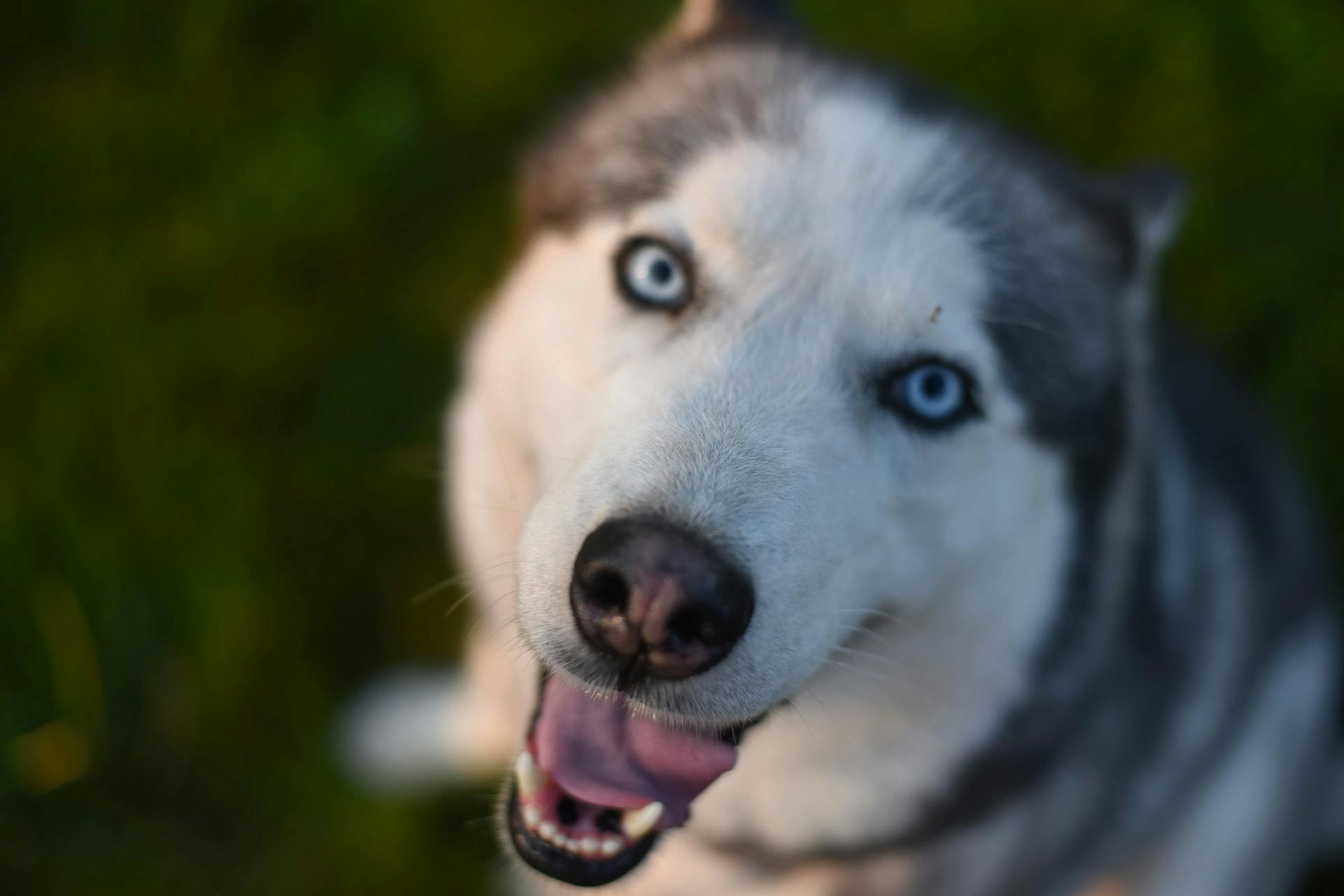
The Tundra Spitz is a type of dog known for its robust build.
Its coat is a thick double layer, with a dense undercoat and a coarser outer coat that sheds snow.
The Tundra Spitz's fur is usually white, but can also be a combination of white and other colors.
This breed has a broad head with a well-defined stop, a short muzzle, and erect ears.
Its eyes are almond-shaped and dark in color.
Additional reading: Herding Dog Breeds Black and White
Behavior
Nenets Herding Laika are confident, energetic dogs who learn quickly and strive to please their humans. They're not shy or aggressive with people, which makes them a great companion.
Traditionally, they were associated with herding, but they're versatile dogs that can perform a wide range of tasks. They're capable of hunting small game and dog sledding.
Their ability to herd and catch Arctic foxes is highly valued, with especially fast dogs able to catch up to three foxes in a day. This showcases their agility and speed.
Nenets Herding Laika have been successfully used as search and rescue dogs, particularly in mountainous regions where they need to be tough and agile.
Related reading: Australian Cattle Dog Herding Dogs
Background and Origins
The Nenets Herding Laika is one of the oldest dog breeds, surviving from the Paleolithic era to the present day almost unchanged.
This ancient breed has been prized for its efficiency as a reindeer herding dog, and by the 1930s, it had spread across the Arctic circle and into Central Europe.
The Nenets Herding Laika is thought to be the basal breed for many European spitz breeds, including the German Spitz, Finnish Lapphund, and Swedish Lapphund.
The breed's close resemblance to these other spitz breeds has led some to theorize that they all share a common extinct ancestor.
In the early 20th century, several arctic explorers used Nenets Herding Laika as sled dogs, including Russian painter and explorer Alexandr Borisov and Norwegian explorer and scientist Fridtjof Nansen.
The all-white surviving dogs from Nansen's Fram expedition of 1893-1896 would eventually form the foundation stock of the Samoyed.
By the 1980s, the Nenets Herding Laika's decline was well underway, as non-native dogs began to intermix with the breed population and humans replaced them with all-terrain vehicles and snowmobiles.
You might like: Dog Sledding in the Arctic
Breed Information
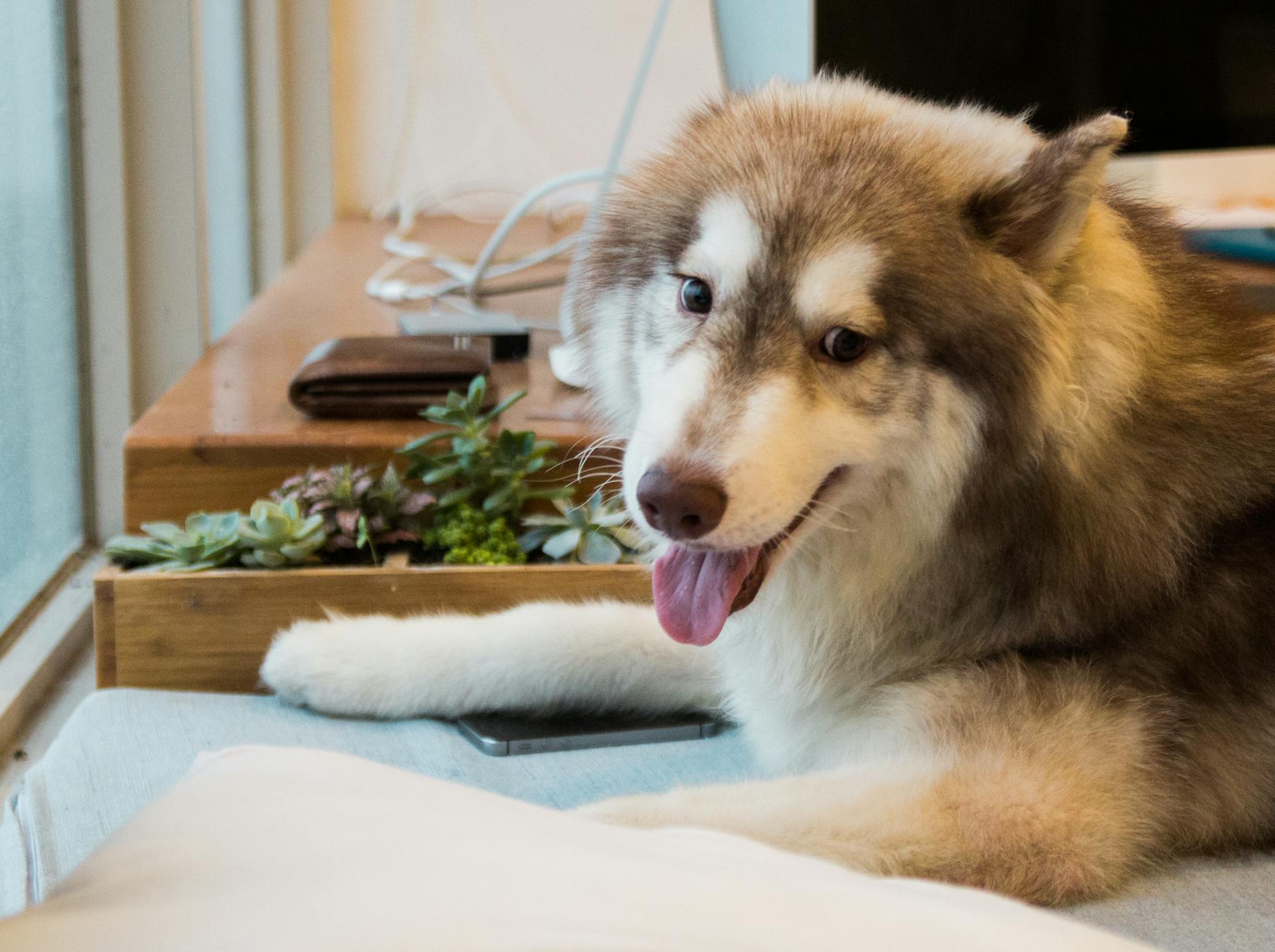
The Nenets Herding Laika is a type of spitz dog native to the Okrug autonomo di Yamalo-Nenets in Russia. They're also known as spitz di renne or olenegonka.
Their main purpose is to herd reindeer, not for hunting like other Laika breeds. They're highly skilled at this job.
These dogs are thought to be the ancestors of modern breeds, including the Samoiedo, which is the most well-documented.
Frequently Asked Questions
What is the temperament of a Nenet herding Laika?
Nenets Herding Laikas are confident, energetic dogs that are eager to please and thrive on interaction with humans. They're naturally friendly and adaptable, making them a versatile breed for various activities.
Featured Images: pexels.com
